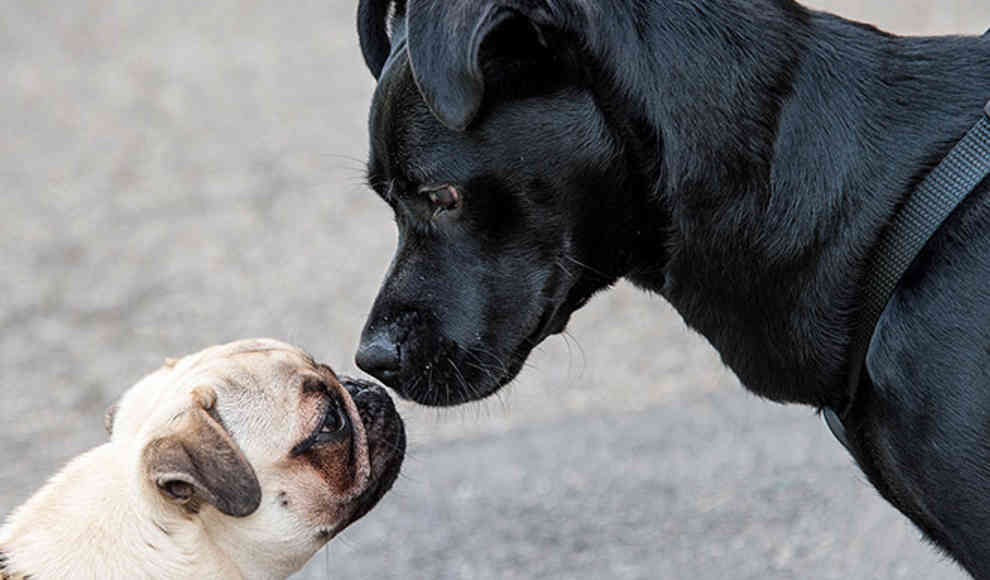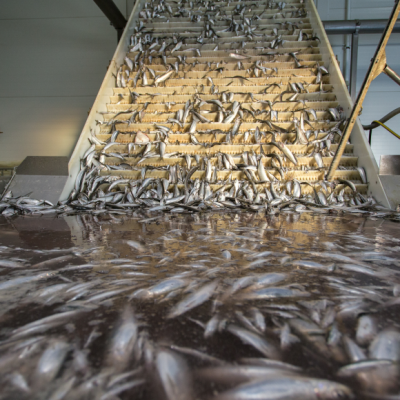American researchers have discovered why small dogs tend to live longer than larger breeds. They found that puppies of larger breeds produce significantly more harmful free radicals in their cells, and this oxidative stress could shorten the lifespan of larger dogs. While most animals tend to live longer the larger they are, dogs are an exception. Small breeds tend to live longer than larger ones. For example, Irish Wolfhounds often die at the age of six, while a Chihuahua can live up to 18 years. Researchers Josh Winward and Alex Ionescu from Colgate University in New York may have found an answer to this question. They examined 80 tissue samples from puppies and adult dogs of small and large breeds, with a focus on free radicals and metabolic production that indicate increased cell stress due to these molecules.
Surprisingly, there was no difference in the radical content of adult dogs between large and small breeds. However, Winward and Ionescu found higher concentrations of glutathione, a molecule that acts as an antioxidant, in larger dogs. Looking at the puppies, the researchers found that the cells of young large breeds were flooded with harmful free radicals. The researchers suggest that the rapid growth of puppies of larger breeds may be behind their shorter lifespan. As larger breeds gain size and weight quickly, the metabolism of the dogs is running at full speed in their puppy years, creating oxidative stress that damages the cells of the dogs. The researchers believe that the cell damage from youth subsequently contributes to rapid aging. This effect does not occur in other larger mammals, such as lions, which can live up to 25 years. They grow much slower than large dog breeds.
The researchers’ findings suggest that the size of a dog breed can have a significant impact on its lifespan. While small breeds tend to live longer, larger breeds may be more susceptible to oxidative stress, which can shorten their lifespan. The study highlights the importance of understanding the biological mechanisms that underlie aging and lifespan, which could lead to new treatments and interventions to extend the lifespan of dogs and other animals.










